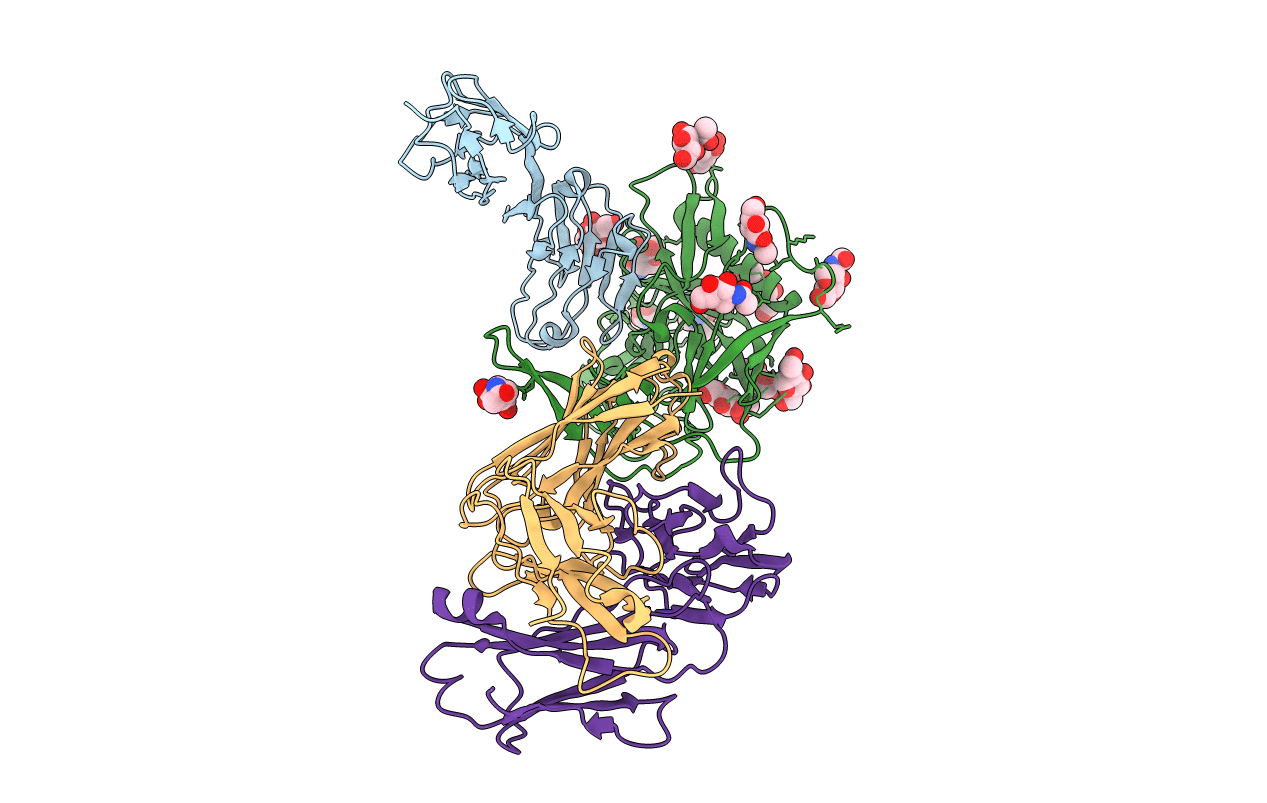
Deposition Date
2000-11-25
Release Date
2000-12-27
Last Version Date
2024-11-06
Entry Detail
PDB ID:
1G9N
Keywords:
Title:
HIV-1 YU2 GP120 ENVELOPE GLYCOPROTEIN COMPLEXED WITH CD4 AND INDUCED NEUTRALIZING ANTIBODY 17B
Biological Source:
Source Organism:
Human immunodeficiency virus 1 (Taxon ID: 11676)
Homo sapiens (Taxon ID: 9606)
Homo sapiens (Taxon ID: 9606)
Host Organism:
Method Details:
Experimental Method:
Resolution:
2.90 Å
R-Value Free:
0.29
R-Value Work:
0.20
Space Group:
C 1 2 1


